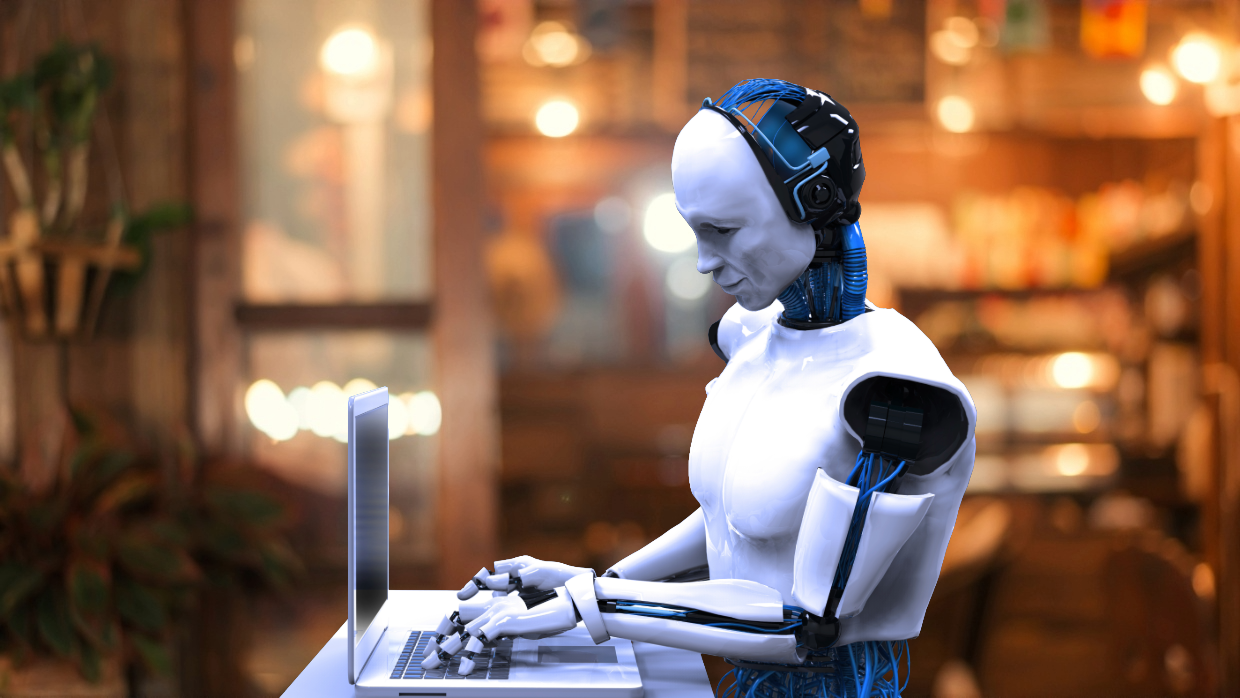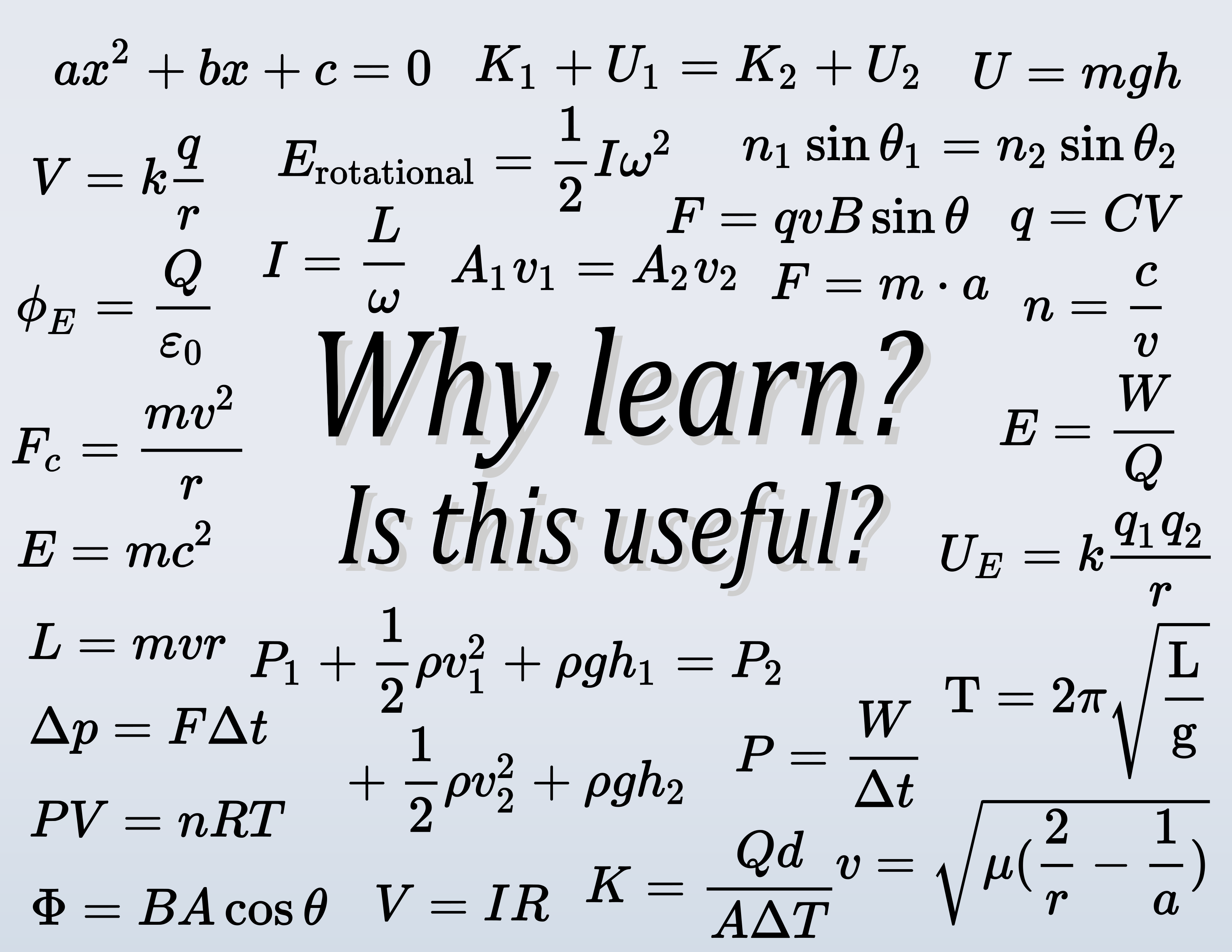By Konner Kern
Artificial Intelligence, more commonly known as AI, has exploded in recent years and it’s not stopping anytime soon. AI has been rapidly advancing, and some people think it might threaten their future lives. There are a lot of things that people currently don’t know about AI which may be dangerous for the future.
In the mid-1950s, a man by the name of John McCarthy began research on Artificial Intelligence along with Alan Turner, Marvin Minsky, Allen Newell, and Herbert A. Simon. He made AI by creating the List Processing Programing Language in 1958, which became a very popular language in AI systems. He used his company MIT Artificial Intelligence Project, and coined the term “artificial intelligence.” Early AI worked way different than it does today. New AI gives people incredibly detailed responses about a range of topics and in a simple sentence it could create a 5-paragraph essay. Older AI was very limited because of the time period and didn’t have the technology to go beyond playing chess and solving geometry problems.
AI videos can be very deceiving. Anyone can find a video of Donald Trump saying that school will be six months. Many believed it, but official news sources quickly shut it down and said it was false information. Even though it was false, who knows what would come after this, because at this rate, someone can’t determine something from real or AI. People can figure out if a video is AI by looking for jerky eye movements, audio sounding too monotone, inconsistencies, or just by looking it up on Google.
The most talked about thing about AI is its takeover of jobs, more specifically, what jobs it will take over. This could most likely be customer service since its already being used. People have a lot going on, so why not have an AI do the job while it helps other customers? Other jobs that could easily be taken over include writers and translators. With Chat GPT, anyone can ask what anything means in a certain language, and it will give users an answer to users in five seconds or less.
AI is advancing healthcare now, which is one of the many positives about AI. Doctors around the world are using AI-powered tools to diagnose diseases early before symptoms even appear. One of the biggest breakthroughs is Medica, an AI system that analyzes massive amounts of medical data to predict health problems, like rare diseases, long before they show up in the patients. For example, Medica was able to detect a rare sickness in a small Zambian village, preventing an outbreak before it started. AI is also making healthcare more accessible, especially in remote areas where doctors are hard to find. Healthcare isn’t just about fixing problems it’s about preventing them before they even start.
Climate change, pollution, and deforestation are threatening the environment, but AI is a big help. Gaia is an AI system that keeps track of forests, oceans, and wildlife, using data from satellites, drones, and sensors to predict and prevent environmental disasters. In places like the Amazon rainforest, Gaia stops illegal logging by tracking illegal activities in real-time and alerting authorities right away. It even helps prevent wildfires in places like California by predicting where fires might start, planting fire-resistant plants to stop them from spreading.
AI is also helping restore coral reefs, reduce pollution, and protect endangered species. It’s turning the tide on some of the world’s most urgent environmental issues. AI is also bringing the world closer together. Cities are becoming smarter thanks to AI. In places like Tokyo, AI is used to control public transportation, making it more efficient by adjusting routes based on demand. In New York, AI helps buildings save energy by adjusting electricity usage in real-time.
Graphic by Philip Berkwit





